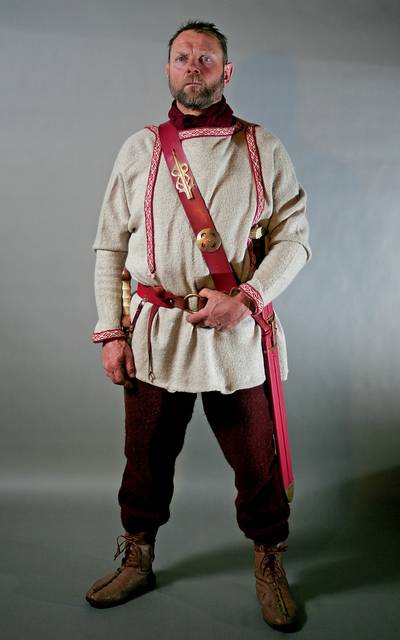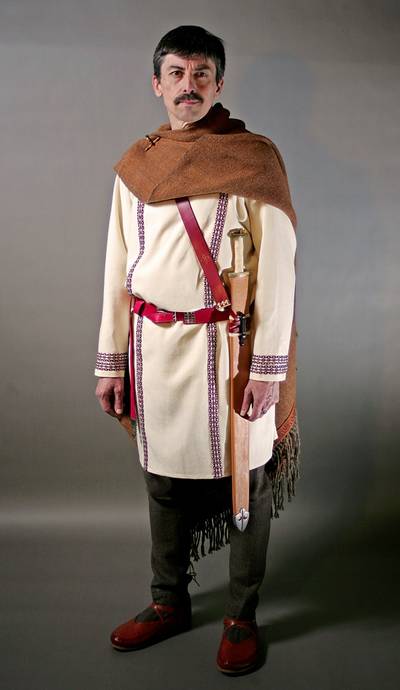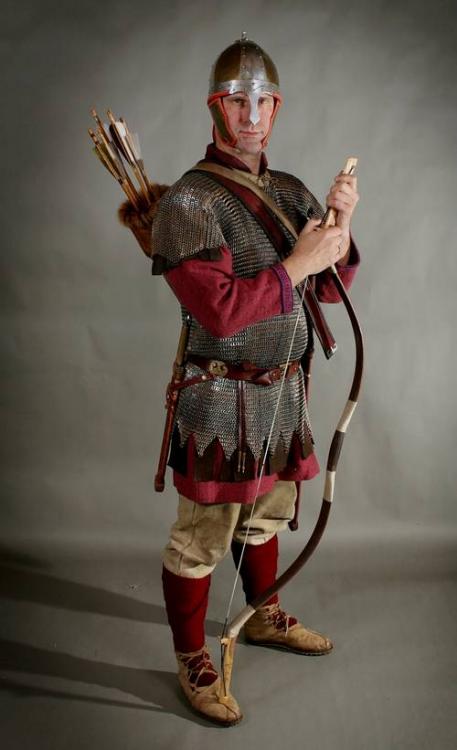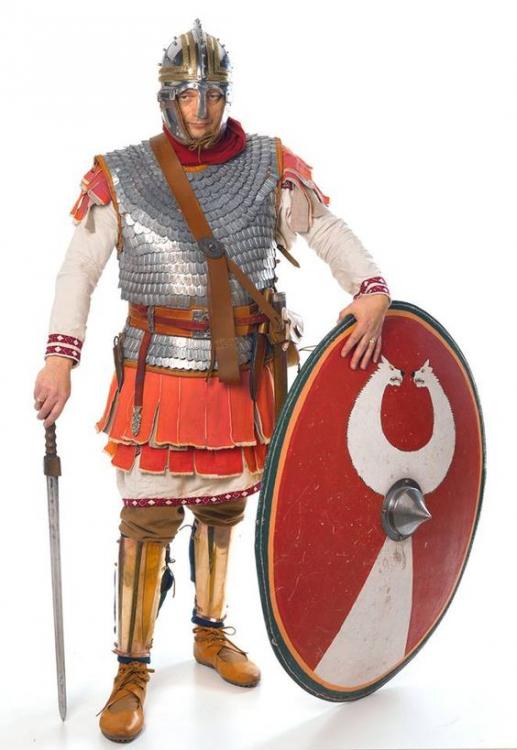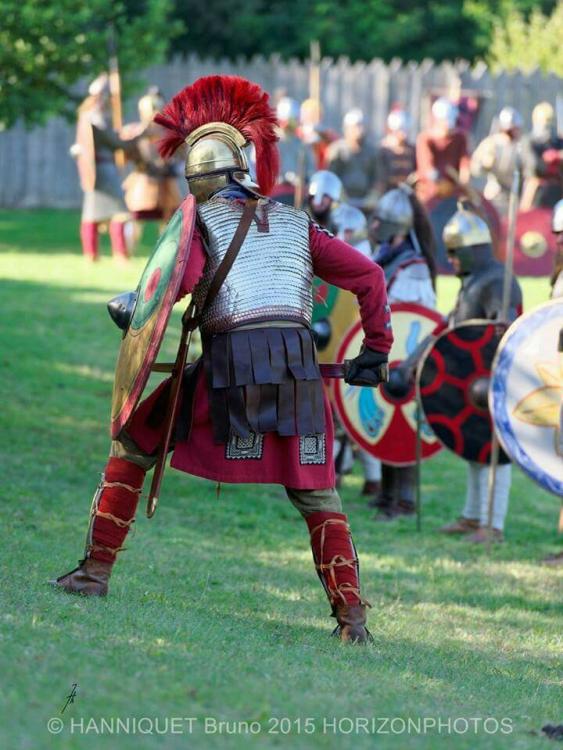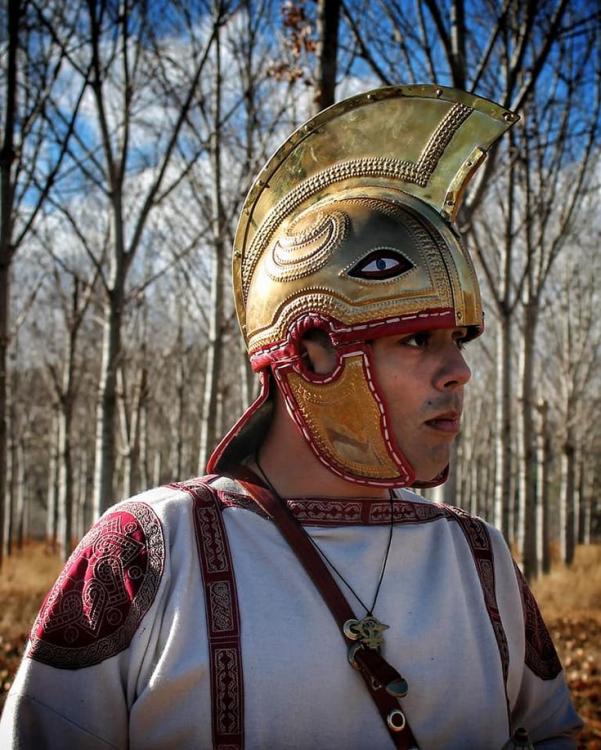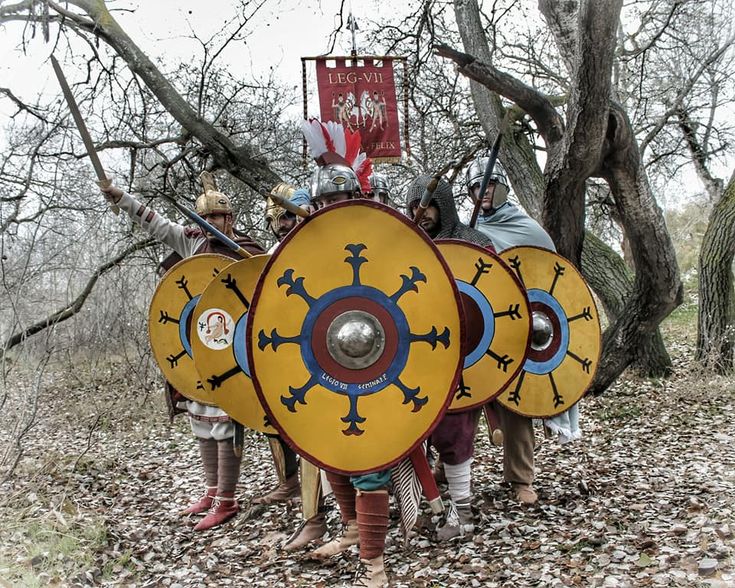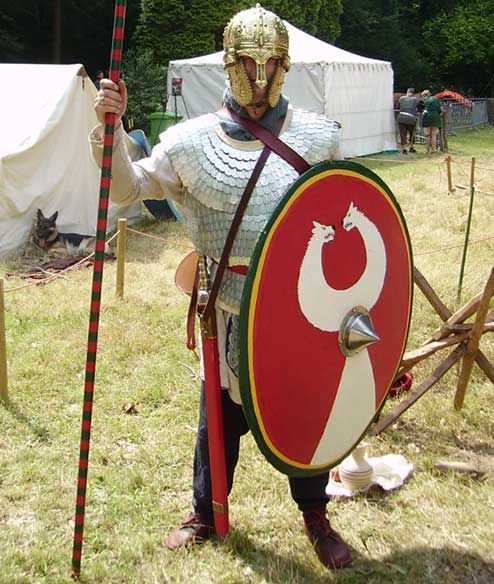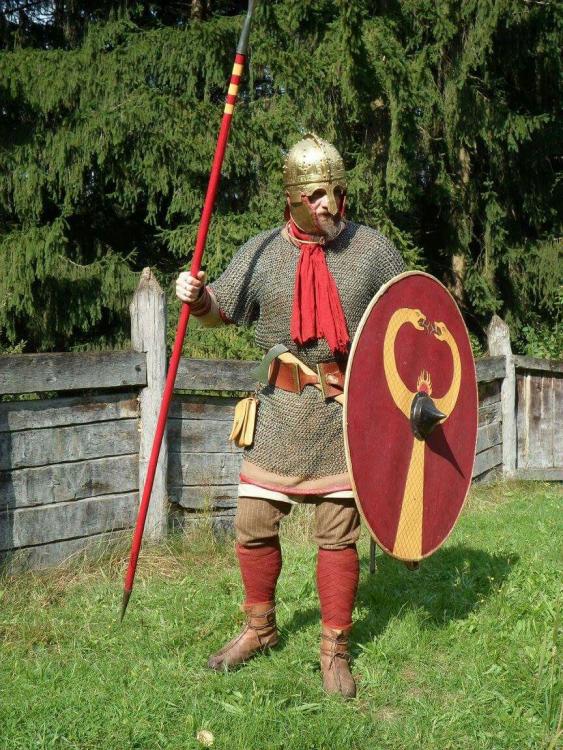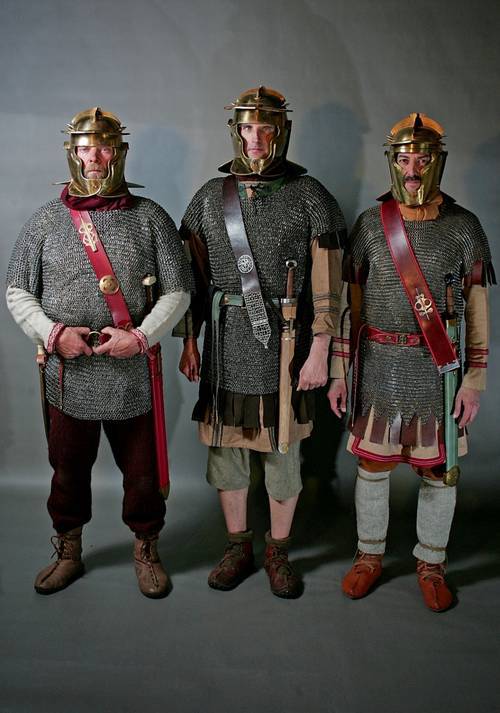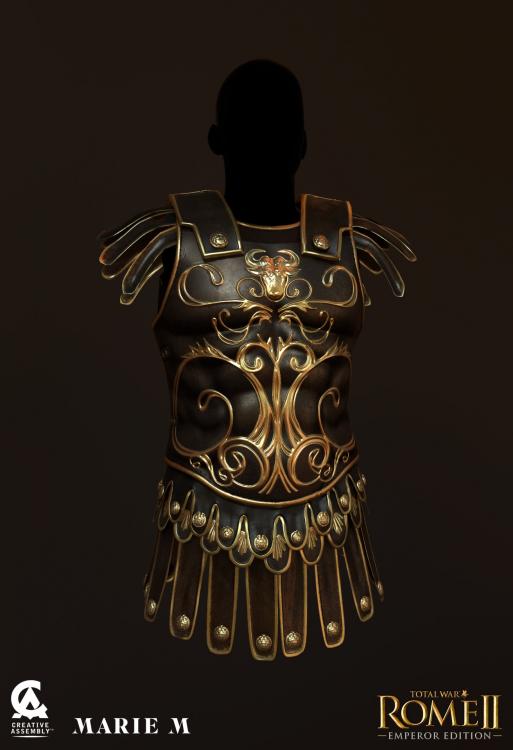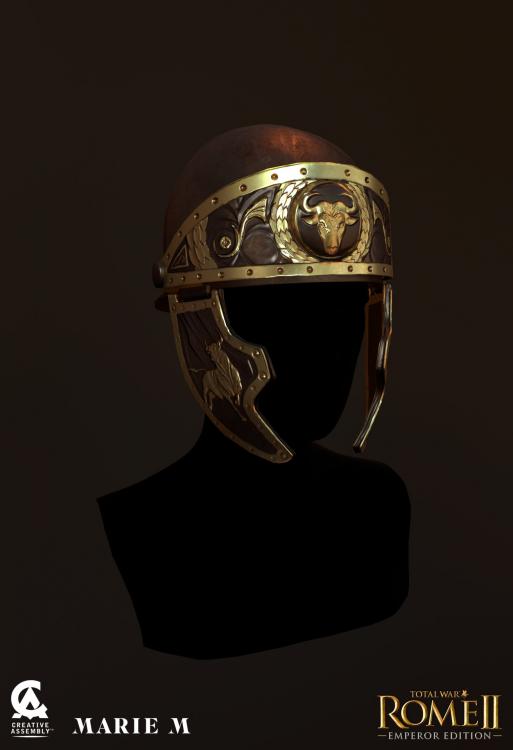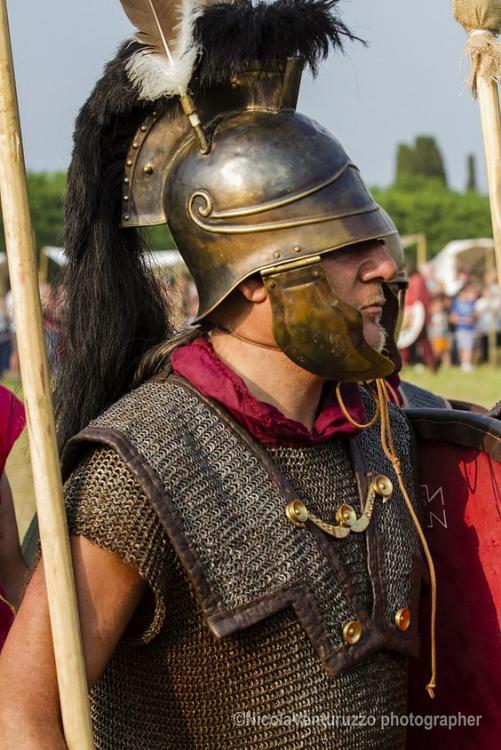-
Posts
25.684 -
Joined
-
Days Won
300
Everything posted by Lion.Kanzen
-
.thumb.png.ce58cea22940c255f5b0a735d5abee36.png)
===[COMMITTED]=== Improved Horse and Elephant peytrals
Lion.Kanzen replied to wackyserious's topic in Completed Art Tasks
Is possible this variation? -
Yuezhi (less popular) Fierce nomads from beyound the mountains, the Yuezhi are mentioned time and agin in ancient annals and are definitely part of these less-known ancient great nomadic kingdoms of Asia. They are mostly known by the chinese as the 月氏, Rouzhi in pinyin. These pastoralists lived in remote and arid grassland area in the western part of the modern Chinese province of Gansu. Hard-pressed by the agressive Xiongnu from the north, they were defeated in the 2nd century BC, splitting into the Greater Yuezhi (Dà Yuèzhī 大月氏) and Lesser Yuezhi (Xiǎo Yuèzhī 小月氏), migrating westwards. Greater Yuezhi initially migrated northwest into the Ili Valley (on the modern borders of China and Kazakhstan), where they reportedly displaced elements of the Sakas (Scythians). They were driven from the Ili Valley by the Wusun and migrated southward to Sogdia and later settled in Bactria, where they then defeated the Greco-Bactrian Kingdom. The Greater Yuezhi have consequently often been identified with Bactrian peoples mentioned in classical European sources, like the Tókharioi (Greek Τοχάριοι; Sanskrit Tukhāra) and Asii (or Asioi). During the 1st century BC, one of the five major Greater Yuezhi tribes in Bactria, the Kushanas (Chinese: 貴霜; pinyin: Guishuang), began to subsume the other tribes and neighbouring peoples. The subsequent Kushan Empire, at its peak in the 3rd century CE, stretched from Turfan in the Tarim Basin, in the north to Pataliputra on the Gangetic plain of India in the south. The Kushanas played an important role in the development of trade on the Silk Road and the introduction of Buddhism to China. Most of the Lesser Yuezhi appear to have migrated southward into Tibet. However, some are reported to have settled among the Qiang people in Qinghai, and to have been involved in the Liangzhou Rebellion (184–221 CE). Others are said to have founded the city state of Cumuḍa (now known as Kumul and Hami 哈密) in the eastern Tarim. A fourth group of Lesser Yuezhi may have become part of the Jie people of Shanxi, who established the 4th Century AD Later Zhao state (although this remains controversial). While the Yuezhi have often been associated with artifacts of extinct cultures in the Tarim Basin, such as the Tarim mummies and the so-called Tocharian languages, the evidence for any such link is purely circumstantial.
-
The last... but we haven't a topic yet. thru others I posted nomads. I found many references(of many units) searching Bactrian and Armenian
-
Nope Can be nice redesign that, is a handicap to make emblems.(my opinion.)
-
Nice brief. Hasmonean Kingdom The roots of the Biblical state of Israel goes back far in time, and the country was assimilated by the Persians and then by the Seleucids. What was now as judea was part of the Seleucid Empire as a vassal state from 140 to 110, but became an Independent kingdom in 110 BC (until 63 BCE), known as the Hasmonean Kingdom. The Hasmonean dynasty ruled Judea and surrounding regions roughly between c. 140 and c. 116 BCE semi-autonomously from the Seleucids. After the Mithridatic wars, it became a client state of the Roman Republic (63–40 BCE) and then briefly of the Parthian Empire from 40 to 37 BCE. The nature of the army is little known, but through Roman eyes in the 60 BC civil war, and ancient accounts of local auxiliaries in the Seleucid Army. Royal Guards were Herodian palace spearmen/swordsmen, heavily armoured. Judaean spearmen were used by the Seleucid Army and resembled average thureophoroi. They were able to act as javelineers as well and had a sword for close combat. There is no indication of a local phalanx. Seleucid influence made of the adoption of the feared chariot (Merkava), also an age-old Judaean weapon, preferably mounting archers. Foot archers, both regular (driven from the surrounding villages) and elite ones, armoured and used as an auxiliary guard for the city of Jerusalem. The bulk of light infantry comprised Judaean javelineers but above all slingers (like the famous "zealots", driven from villages in the area, mostly herdsmen). Cavalry was important too. In particular eastern-influenced horse archers, both regular and armoured (mounted garrisons) which had to face the potential threat of Parthian incursions. There were also auxiliaries, in particular various troops that can be supplied by the Nabataeans, as allies or mercenaries. http://www.twcenter.net/forums/showthread.php?763733-CATW-08
-
.thumb.png.ce58cea22940c255f5b0a735d5abee36.png)
Nomads and Horse Warrior cultures
Lion.Kanzen replied to Lion.Kanzen's topic in Tutorials, references and art help
http://www.twcenter.net/forums/showthread.php?670771-Armoured-horses-mod&styleid=41 -
.thumb.png.ce58cea22940c255f5b0a735d5abee36.png)
Nomads and Horse Warrior cultures
Lion.Kanzen replied to Lion.Kanzen's topic in Tutorials, references and art help
-
-
-
Yes all horse culture influence even far Asians like Xiognu or Sarmatae and Scythians (scamata armor) in left.
-
.thumb.png.ce58cea22940c255f5b0a735d5abee36.png)
===[COMMITTED]=== Update Camel Units
Lion.Kanzen replied to wowgetoffyourcellphone's topic in Completed Art Tasks
I posted some Nabatean-Herodian auxiliaries.- 162 replies
-
- 1
-

-
- animations
- modeling
-
(and 1 more)
Tagged with:
-
We have more reference for mercenaries from Syrian province. check Nabatean, Judean (new) Idumean and (new) Hatrian
-
.thumb.png.ce58cea22940c255f5b0a735d5abee36.png)
Romans military image references
Lion.Kanzen replied to Lion.Kanzen's topic in Tutorials, references and art help
-
.thumb.png.ce58cea22940c255f5b0a735d5abee36.png)
Romans military image references
Lion.Kanzen replied to Lion.Kanzen's topic in Tutorials, references and art help
The lorica musculata, the central(abs) don't like realistic... but is an artistic representation. The Taurus/Bull is from Julii family the sacred beast of Venus. -
.thumb.png.ce58cea22940c255f5b0a735d5abee36.png)
Romans military image references
Lion.Kanzen replied to Lion.Kanzen's topic in Tutorials, references and art help
-
.thumb.png.ce58cea22940c255f5b0a735d5abee36.png)
Romans military image references
Lion.Kanzen replied to Lion.Kanzen's topic in Tutorials, references and art help
-
@stanislas69 I open a new topic focused in Cataphract units or with existing Greek..?
-
I love you, the mask can be improving? ----by the way The team did good job with horses and cavalry, not only animation----- But the plates are good to this one.



